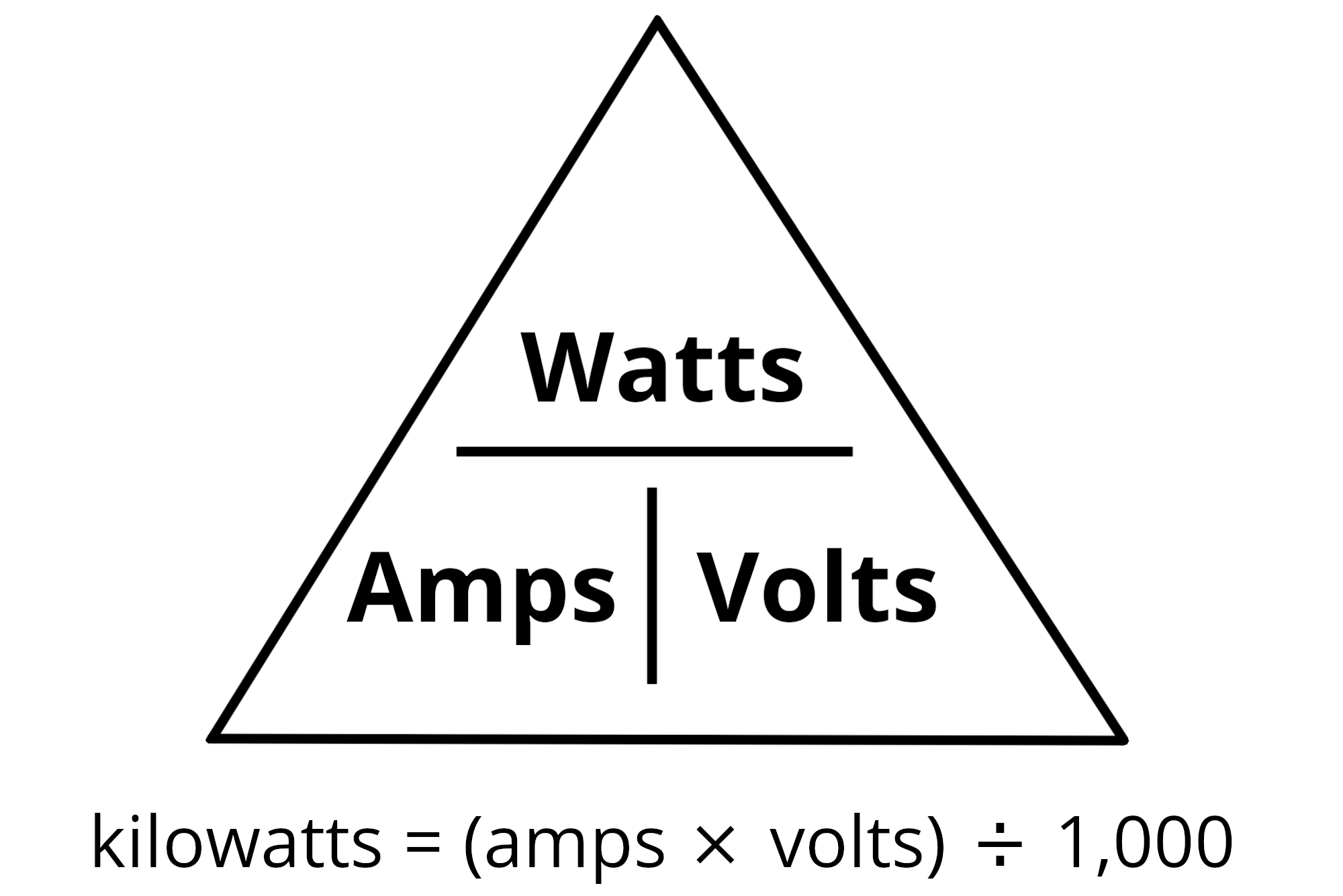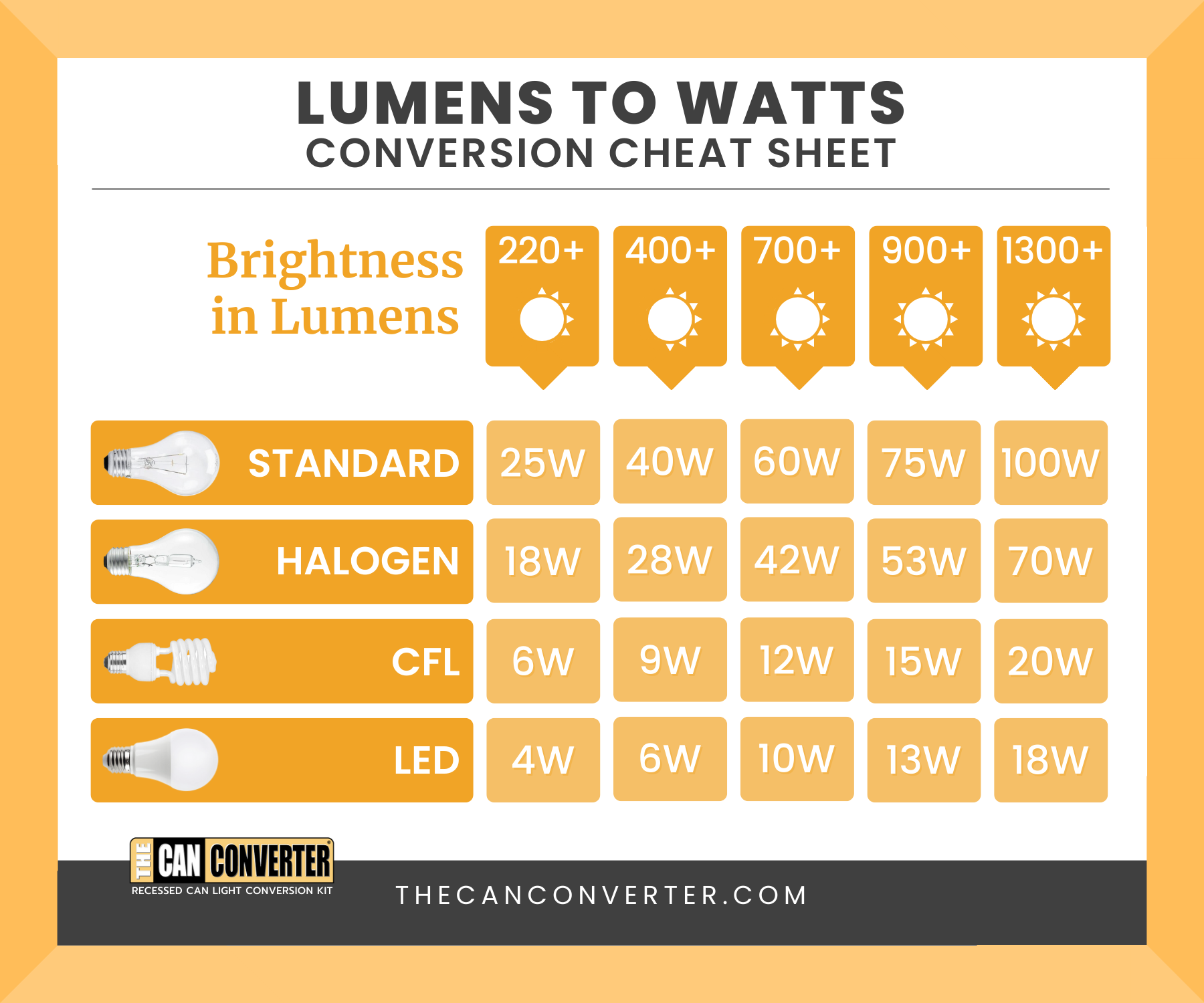Typical Bathroom Light Wattage for Ambient Lighting

Typical bathroom light wattage – When selecting the appropriate wattage for ambient bathroom lighting, several factors come into play. These include the size of the bathroom, the desired level of illumination, and the color temperature of the bulbs. Generally, larger bathrooms require higher wattage bulbs to provide adequate lighting. For smaller bathrooms, lower wattage bulbs may suffice. The desired level of illumination is also a consideration. For brighter bathrooms, higher wattage bulbs are recommended. Conversely, for softer, more subdued lighting, lower wattage bulbs are more suitable.
For a bright and inviting bathroom, typical light wattage ranges from 60 to 100 watts. However, when it comes to creating a sophisticated ambiance in your living space, consider incorporating the glamour of an art deco living room. Its bold geometric patterns and metallic accents can elevate your bathroom’s aesthetic, while the warm glow of 60-watt bulbs provides ample illumination.
Bulb Color Temperature
The color temperature of bulbs also impacts the overall ambiance of the bathroom. Warm white bulbs emit a yellowish light that can create a cozy and inviting atmosphere. Cool white bulbs, on the other hand, emit a bluish light that can be more energizing and invigorating. The choice of color temperature ultimately depends on the desired ambiance and personal preference.
When choosing bathroom lighting, it’s important to consider the wattage. For general lighting, 60-100 watts is typically sufficient. For task lighting, such as over a mirror, you may need 100-150 watts. If you’re looking for a farmhouse style, Lowes has a great selection.
They have a variety of fixtures to choose from, so you’re sure to find the perfect one for your bathroom. When it comes to bathroom lighting, it’s important to choose the right wattage to ensure you have adequate lighting for your needs.
Choosing the Right Wattage for Task Lighting

Task lighting is essential in bathrooms, providing focused illumination for specific activities like grooming, shaving, and applying makeup. The optimal wattage for task lighting depends on the fixture’s placement, the size of the bathroom, and the specific task being performed.
Vanity Lights
Vanity lights are typically placed above or beside the mirror, providing illumination for tasks like shaving, brushing teeth, and applying makeup. For a vanity with a single sink, a wattage range of 1,000-1,500 lumens is recommended. For larger vanities with multiple sinks, consider 2,000-2,500 lumens.
Shower Lights
Shower lights provide illumination for bathing and showering. They should be waterproof and rated for use in wet locations. A wattage range of 500-1,000 lumens is sufficient for most showers.
Other Task-Specific Fixtures, Typical bathroom light wattage
Other task-specific fixtures in bathrooms include under-cabinet lighting, which provides additional illumination for countertops and storage areas, and makeup mirrors with built-in lights, which offer precise lighting for detailed makeup application.
Balancing Ambient and Task Lighting
When choosing the wattage for task lighting, it’s important to consider the balance between ambient and task lighting. Ambient lighting provides general illumination for the entire bathroom, while task lighting focuses on specific areas. Too much task lighting can create harsh shadows and glare, while too little can make it difficult to perform tasks effectively. Aim for a balance of ambient and task lighting to create a comfortable and functional bathroom environment.
Energy Efficiency and Wattage Considerations: Typical Bathroom Light Wattage

The wattage of light bulbs in a bathroom significantly impacts energy consumption. Higher wattage bulbs consume more energy and increase electricity bills. Using energy-efficient bulbs, such as LEDs and CFLs, can drastically reduce energy consumption while providing ample brightness.
Choosing Energy-Efficient Bulbs
When selecting bathroom light bulbs, consider the following factors to ensure energy savings and sufficient illumination:
- Lumens: Lumens measure the amount of light emitted by a bulb. Higher lumens indicate brighter light. Choose bulbs with sufficient lumens to provide adequate brightness for your bathroom.
- Color Temperature: Color temperature refers to the warmth or coolness of the light. Warm white (2700-3000K) creates a cozy atmosphere, while cool white (4000-5000K) provides brighter, more focused light.
- Bulb Type: LEDs (light-emitting diodes) and CFLs (compact fluorescent lamps) are energy-efficient bulb types that consume less energy and last longer than incandescent bulbs.